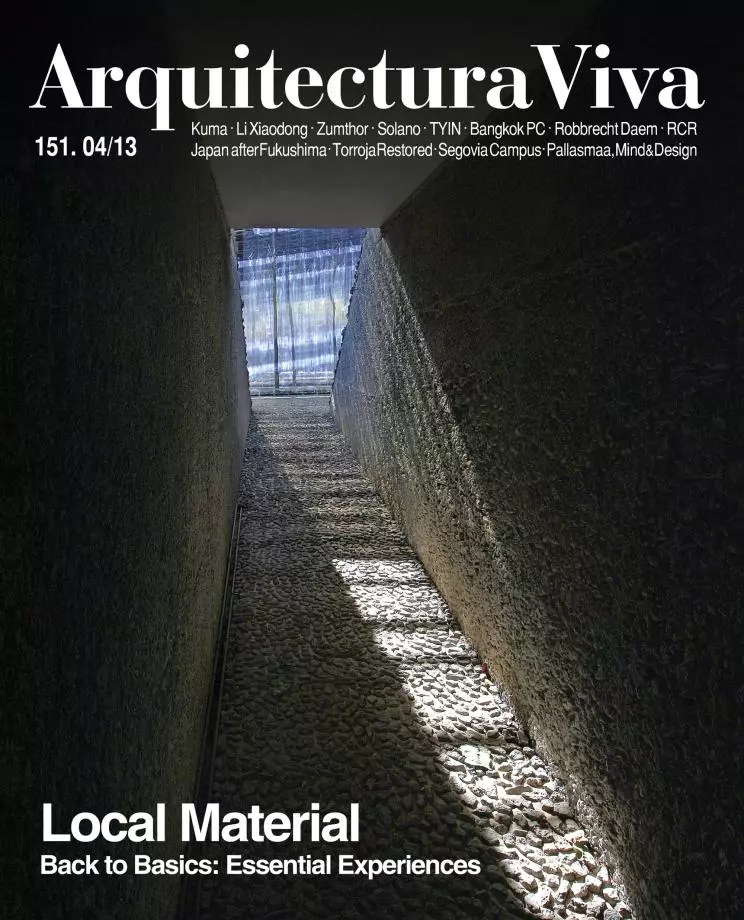
The publication of Atlas: Architectures of the 21st Century is the greatest editorial event of the first decade of this century. In 2007, under the auspices of the BBVA Foundation, Luis Fernández-Galiano printed Atlas. Global Architecture circa 2000, which offered a panorama of major works carried out on all corners of the planet. In the process it became clear that world building activity in the period between the close of the 20th century and the start of the 21st could not be adequately presented in 300 pages. Thus was born the ambitious project of salomonically dividing the globe into four parts and, year by year, producing volumes on Asia and the Pacific, America, Africa and the Middle East, and Europe.
Fernandez-Galiano’s passion for architecture leads him to oberserve the world with a confidence in the future of humanity that leaves aside economic crises, real estate speculation and political conflicts, in the conviction that there is still room for culturally significant architecture. We are ever more crowded on our small planet Earth and ought to participate more in preserving Buckminster Fuller’s ‘global village’. And that we belong to it is something the editor reminds us in each of the four Atlas volumes: a satellite image of Earth identifies the geographical zone covered, with colors representing oceans, deserts, fertile lands and passing clouds, the physical limits of our vital space.
This monumental work adding up to all but 1,500 pages is an editorial feat because it radically strays from the conventional coffee table books of the kind that keep appearing on the market to showcase contemporary architecture through catalogs of spectacular photographs, with poor documentation on the buildings and accompanied by banal texts. On the contrary, the four books together gather over forty critics and scholars specialized in the regions concerned, authors of introductory essays that explain the realities surrounding the various countries. The graphic presentation of each bloc of selected works, exhaustive and detailed, is thus preceded by a theoretical corpus of consistent depth.
From start to finish, the objectives of the series are met: to present the spectacular ‘global’ works of members of architecture’s international jet set; to draw attention to younger and more modest professional talents who are active in different parts of the world; and to throw light on ‘dark’ areas of the continents where misery and poverty have not hindered the existence of quality architecture geared towards satisfying basic community needs.










